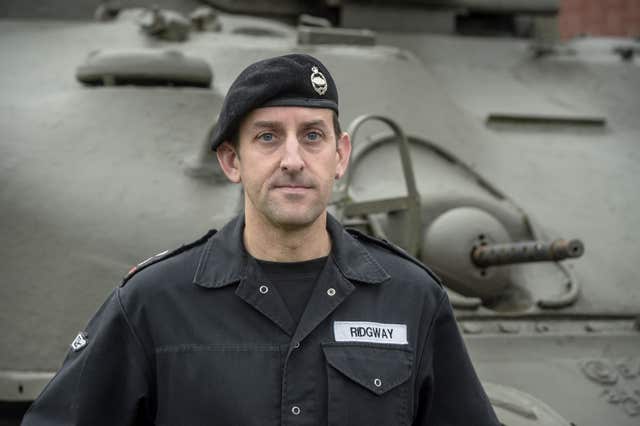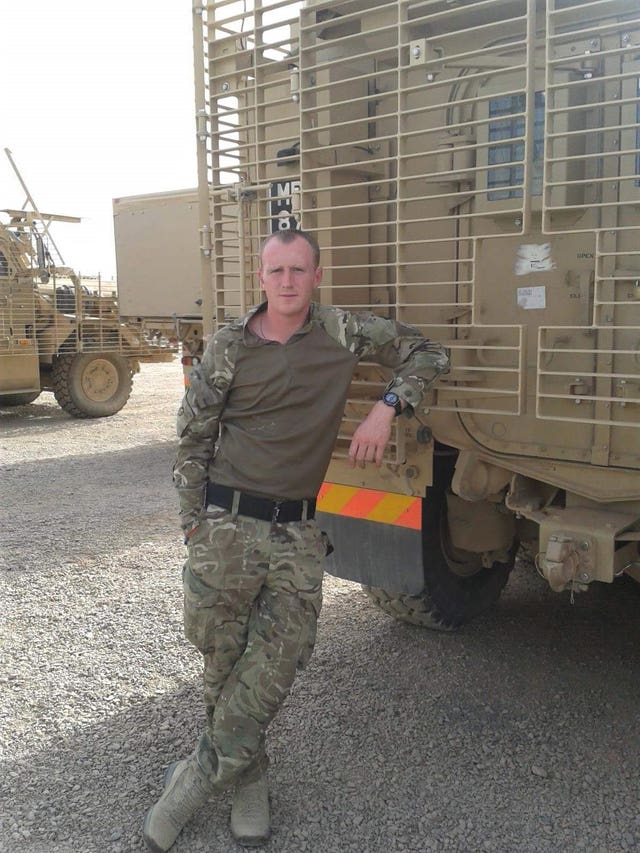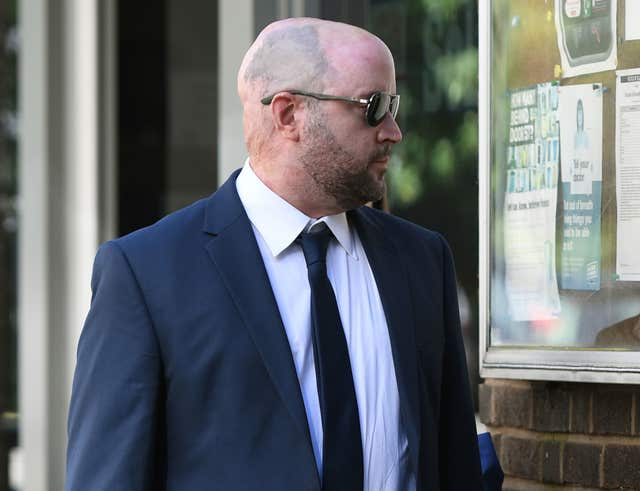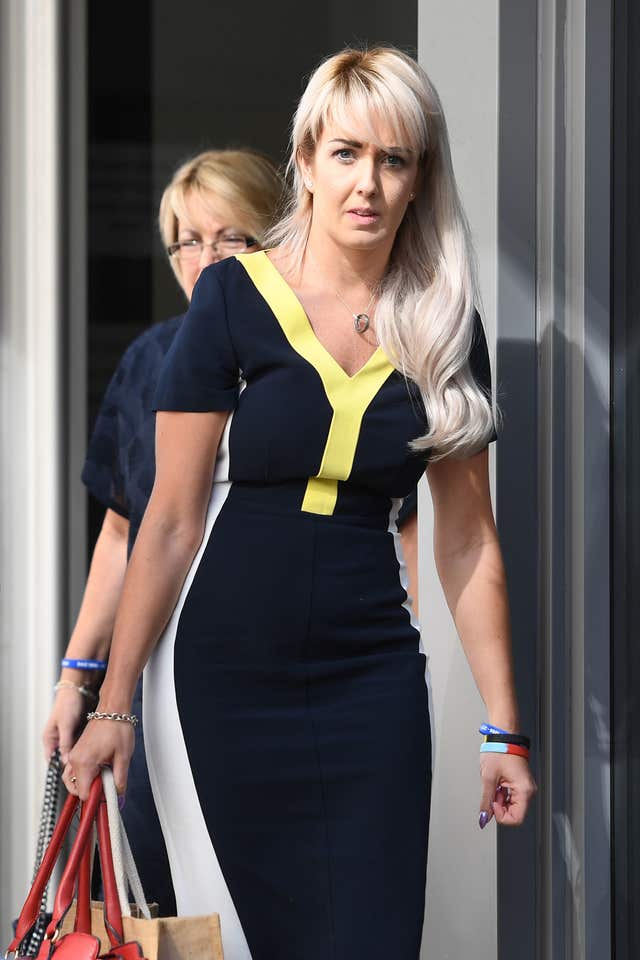Tank regiment’s commander failed to spot key safety breach, inquest told
Lt Col Simon Ridgway was giving evidence at inquests into the deaths of Coprorals Matthew Hatfield and Darren Neilson.

The commanding officer of a British Army tank regiment has told an inquest he “failed” to spot a culture of crews wrongly storing high explosive charges in their turrets.
Asked if it was a failure of his leadership, Lt Col Simon Ridgway, of the Royal Tank Regiment (RTR), said: “I think I failed to identify it was happening.
“I’m not sure it’s a failure of leadership.”
Lt Col Ridgway said he had spent “a significant amount of time” in his command making sure that he knew “what’s happening” in his unit, and prided himself on that fact.

He was giving evidence into the inquests of Coprorals Matthew Hatfield and Darren Neilson, who died of their injuries after an explosion in their tank at the Castlemartin firing ranges, Pembrokeshire, Wales, on June 14 2017.
Cpl Neilson, 31, of Preston, Lancashire, was the tank commander and was thrown from Challenger 2 during the blast, while Cpl Hatfield, 27, from Amesbury, Wiltshire, was loading ammunition.

WO Lawson, who was based at the range, had successfully requested to be on board the tank and was allowed to fire it for a “guest shoot”.
But when the tank fired, it was missing a vital piece of equipment which creates an air-tight seal in the gun barrel and preventing 3,000C hot gases escaping into the crew turret.
The part had been removed for routine cleaning by a previous crew, and not yet replaced.

Investigations carried out on the damaged tank found bag charges were “unaccounted for”.
Lt Col Ridgway said the practice “had become normalised in a way I had not appreciated”.
He said: “I have to admit I sort of felt physically sick when I heard people were stowing them out of the bins.
“If for one moment I suspected they were storing them incorrectly, I would have been furious.”

It also emerged on Friday that Lt Col Lawson did not know Mr Lawson, who was not a qualified tank operator, was carrying out his guest shoot that particular day.
He had also not passed down an order for Mr Lawson to “sit on his hands”, and leave firing to the tank’s commander.
Mr Lawson ended up firing the main gun, but Lt Col Ridgway, accepting “fault” for an oversight, said he only told his second in command – who was then off-site that day – of his order, and not the range control officer.

Lt Col Ridgway, a veteran of the 2003 invasion of Iraq with many years’ experience of all levels of tank command, had never before run a guest shoot.
He said, as others had testified, that before the incident he had not believed the tank’s main gun could be fired without the air-tight seal – the bolt vent axial (BVA) – being fitted.
The inquest also heard how crews shared tanks, known as “hot-bedding”, and that a whiteboard was used to communicate what crew was assigned to which vehicle.
Mr Lawson’s guest shoot on the tank, call-sign DS-39-AA, had not been marked on the whiteboard, the inquest has previously heard.

Lt Col Ridgway said: “Up to that point, everything had been running well.”
“But it didn’t work, did it?” asked Ms Hunt.
The Lt Col replied: “At that particular time, it would appear not.”
The inquest continues.





